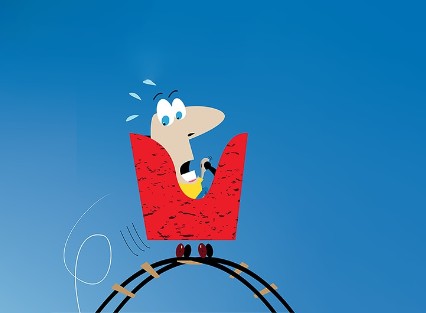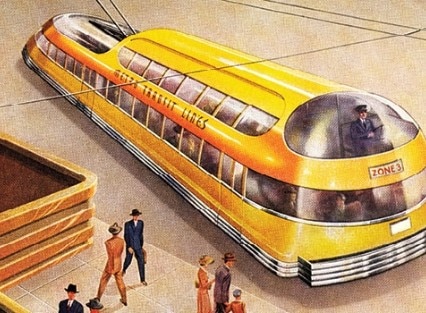In this new report, Disruptive Innovations III, we once again take a look at some of the newest concepts across sectors and identify new products which could potentially disrupt the marketplace. What stands out in the report this year is the size of the expected market opportunities for each product. In financial innovations alone, a combination of marketplace banking (peer-to-peer lending and crowdfunding) and Robo-Advisors touch a total addressable market of over $5.3 trillion. Autonomous driving along with the overall sharing economy could jointly be a $435 billion opportunity by 2030.
Also different this time is the increasing synergies between the different innovations. Driverless vehicles that facilitate “robotic taxis” should also enhance the sharing economy through companies such as Uber and Lyft. Virtual competitions designed to accelerate the pace of digital banking innovation, such as the Citi Mobile Challenge, wouldn’t be possible without the availability of public application program interfaces (APIs). As it continues to improve, Machine Learning and Artificial Intelligence (MLAI) is increasingly disruptive through direct impact and as a building block for other innovative technologies. The use and impact of MLAI can be seen as a factor in most of our highlighted innovations.
Autonomous driving, a topic we covered in detail in Car of the Future v2.0, is moving from concept to reality with 2020 now forecast as the start of the ‘driverless era’. Drones, initially used by the military, could soon be the preferred delivery method for small packages and the primary way we take pictures at family barbeques. Virtual and augmented reality has progressed to the point that computer games will soon behave more like the holodeck in Star Trek: The Next Generation. Even in places where we’ve already highlighted disruptive innovations, we’re seeing disruption being disrupted. Immunotherapy manufacturers, which we highlighted as disrupting the pharmaceutical market last year through targeted cancer treatments, are now being disrupted themselves with the advent of generic competition through biosimilars. Fracking in the gas industry was one of the biggest disruptive innovations in the energy sector as it opened up commercial opportunities for shale oil and gas reserves that the industry had known about for decades but had not bothered to pursue. In this report we look at Floating LNG, which has the potential to repeat this for stranded gas reserves.
Disruptive Innovations III
Ten More Things to Stop and Think About
Two years ago we published our first Disruptive Innovations report hoping it would be a fun and interesting look at some of the new technologies that were around the corner. At the time, there was also a growing debate surfacing over the lack of economic growth in the U.S. and whether it was due to a lack of innovation. We disagreed then that there was a lack of innovation and two years down the road we stick with our position. We see the pace of technological change accelerating as we move into a new Digital Age, helped by the continued decline in the cost of innovation coupled with increased interest in funding innovation.
Click here to view the report in full.
Subscribe to Citi GPS
Keep up to date with our latest insights.


